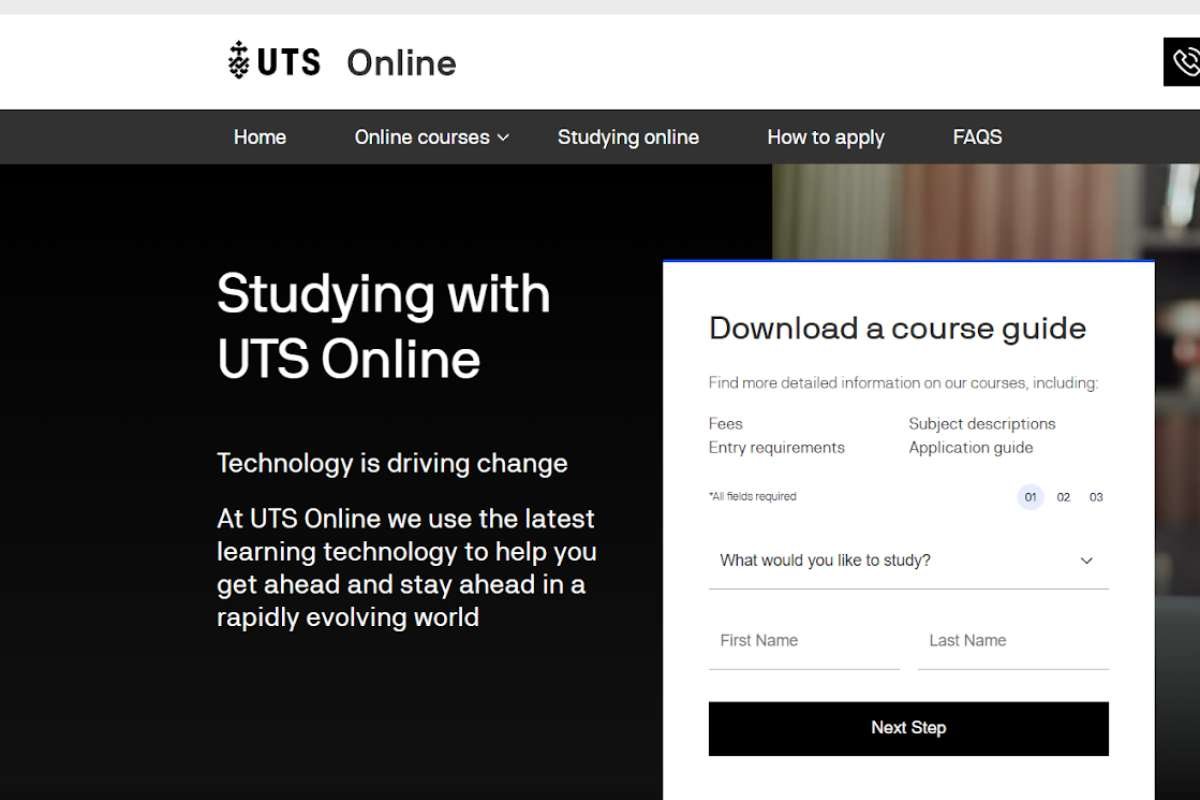Mutual funds provide a simple, low-cost, and convenient solution for most investors to achieve portfolio diversification. Your portfolio will be instantly diversified since they generally hold hundreds or even thousands of different stocks, bonds, and other assets. You may start Invest in Mutual Funds right now by following these seven easy steps.
Here is How to invest in mutual funds;
1. Determine Why You Want to Invest in Mutual Funds
Specifically, what are you hoping to accomplish with your Invest in Mutual Funds? Maybe a few years down the road, or decades?
Stock mutual funds are a fantastic option for anybody saving for a long-term objective, such as retirement or their child’s college tuition. You can afford to wait through the stock market’s inevitable fluctuations. Mutual funds are safer than other investing alternatives since your money is spread over many different firms or debtors.
The bond market mutual fund might be a better choice if you’re saving for a shorter-term objective, such as a house or vehicle purchase within the next several years. High-yield savings accounts, which provide higher liquidity and are federally insured up to at least $250,000, are a good option for investors who require access to their money in the very near term.
2. Choose the Best Mutual Fund Strategy
If you’ve decided what you want to achieve via your mutual fund investments, you’ll be better able to choose funds that use a suitable investment strategy.
Plans for the future. When you invest in mutual funds over the long run, you give yourself years, even decades, to accumulate the capital you need to retire comfortably. In light of this, you should invest between 70% and 100% of your mutual fund assets in stock-based mutual funds to maximize your returns.
If you want to put your money into firms with higher projected growth rates, you may do so by searching for Invest in Mutual Funds with the “growth funds” moniker. It’s important to remember that these funds have a higher degree of risk, but they also offer a greater potential for substantial returns. Vanguard Growth Index Fund (VIGAX) and Fidelity Growth Discovery Fund are two examples of growth mutual funds (FDSVX).
Objectives for the halfway point. If the prospect of investing extensively in stocks makes you uneasy or if your objective is within the next five to ten years, you may want to choose a strategy that mitigates the impact of market volatility. Invest in Mutual Funds considered “balanced” invest in both bonds and equities, mitigating the impact of the market’s volatility. The Vanguard Wellesley Income Fund (VWINX) and the American Funds American Balanced Fund are two examples of diversified mutual funds (ABALX).

Short- and medium-term objectives. Reduce your exposure to risk if you’re within a few years of your objective, so you don’t run out of money just when you need it. Consider allocating 30% of your portfolio to stock mutual funds and 70% to bond mutual funds. Interest payments from bond funds provide a reliable source of income, while gains from restricted stock might help your portfolio expand. For investors seeking a steady stream of income, options include the PIMCO
Both the Vanguard Equity Income Fund and the Personal Taxpayer Tuition Tax Expense Return (VEIPX).
Avoid the stress of determining your investment mix by putting your money in a target-date fund instead. The goal of target-date funds is to help investors meet their long-term financial goals by providing a diversified portfolio of stocks and bonds based on a specified withdrawal date in the future. The farther away from that date the fund is, the more it invests in equities and other potentially volatile assets. The fund progressively shifts its assets into lower-risk investments like Treasury bonds as the goal date draws near.
3. Examine Prospective Mutual Funds
Use resources like the Mutual Fund Observer and Maxfunds to find promising mutual funds. These websites provide in-depth research on a wide variety of mutual funds. Investing tools like mutual fund research and screeners may be found on the websites of most brokerages.
To help narrow down your options for Invest in Mutual Funds, think about the following:
What we’ve done in the past. A fund’s historical performance is a good indicator of how successfully the fund is accomplishing its stated objectives, however, previous performance is no guarantee of future success. See how your mutual fund or investment strategy performed historically compared to others like it or to a benchmark index.
Spending Comparisons. These yearly charges go toward paying the fund’s management team and purchasing its holdings.
Several funds may be found with substantially lower cost ratios than the average of 0.57 percent. While most expenditure ratios are under 2%, you should still keep an eye on them because of the influence they might have on your investment returns over time.
Payment for using a service. An agent’s compensation for selling you a mutual fund. Invest in Mutual Funds may be either “load” or “no-load” funds, depending on whether or not the investor is charged an upfront fee. There are two types of mutual funds: load funds and no-load funds. If at all feasible, you should avoid having to pay any load fees. You should be able to locate similar investments without fees given the variety of funds available.
Management.
The goal of actively managed mutual funds is to outperform a benchmark index. You should expect to pay larger fees, but the rewards could be greater. Index funds, which are passively managed and seek to replicate the performance of a certain index, are one kind of mutual fund. Fees for these funds are often lower than those of actively managed ones. Index funds that are passively managed have a longer track record of outperforming their actively managed counterparts.
4. Create an Investing Account
You may already have access to mutual funds via your employer’s retirement plan (such as a 401(k) or 403(b)). You may usually choose to invest in target-date funds via your retirement plan if you’d want the management of your portfolio to be automated and you’d rather not track the performance of individual stocks and bonds.
The following programs allow you to invest in mutual funds even if you don’t have access to an employer-sponsored retirement account or are investing for a purpose other than retirement:
Private pension funds (IRAs).
Tax-deferred Individual Retirement Accounts (IRAs) allow you to make long-term Invest in Mutual Funds without paying capital gains tax.
Financial instruments in a brokerage firm are subject to taxation.
Withdrawals from taxable online broker accounts are not only permitted at any moment without penalty but also provide none of the tax advantages of traditional 401(k) or individual retirement account investments. Because of this, they are excellent for pursuing objectives that must be finished before reaching the federal retirement age of 59 and a half.
Tax-sheltered 529 plans are a great way to save for college.
Opening a 529 plan and Invest in Mutual Funds is one way to save for your children’s college expenses.
5. Buy mutual fund shares
Make sure you have adequate money in your investment account before you start buying shares in mutual funds. Consider that mutual funds could need a larger initial commitment than other types of investments. Investing in actively managed mutual funds at Vanguard, for instance, requires a minimum of $3,000. Minimum investments are not common with other types of investments, such as buying stocks or exchange-traded funds.

Stocks and exchange-traded funds (ETFs) are available for purchase throughout the trading day. Conversely, mutual funds trade just once a day, after the market closes. Those who are investing for the long haul and aren’t looking to capitalize on short-term market fluctuations may not care about this difference.
Invest in Mutual Funds may seem to be less attractive than stocks or ETFs, but there is one important manner in which they excel: buying fractional shares is often simpler for mutual funds than it is for stocks or ETFs. This implies that you are not restricted to investing in multiples of a share’s price but may instead invest any amount between zero and one thousand dollars. More of your funds may be invested and start increasing in the market sooner as a result of this.
While it has not always been possible to invest in ETFs or stocks via fractional ownership, more and more brokerages, and micro-investing platforms are making it possible for customers to purchase fractional shares of ETFs and specific equities.
6. Have the plan to continue investing on a regular basis.
Most individuals don’t just start investing once, so if you want to build wealth or attain financial objectives, you need to have a strategy to maintain investing. You may automate your investing by setting up daily, weekly, or monthly recurring investments using your brokerage trading interface.
Investing theory known as dollar-cost averaging suggests that doing so might help you pay less per share as your money grows. The danger of purchasing a large number of shares of a mutual fund at a time when prices are particularly high may be mitigated by making a regular investment of the same amount of money. On the other hand, when share prices are low, your fixed investment amount might purchase a larger number of shares. In the long run, this might mean a lower cost per share.
Likewise, you should make a schedule to review your assets annually. You may use this time to reevaluate your portfolio’s asset allocation and make sure it still reflects the degree of risk you’re willing to accept in pursuit of your objectives. Robo-advisors are automated systems that often provide portfolio rebalancing as part of their management services; if the thought of manually adjusting your investments seems onerous, you may want to investigate this option.
7. Evaluate Your Exit Strategy
In order to meet your financial obligations, such as taking distributions in retirement, you may need to liquidate your mutual fund holdings at some point.

Backend loads are a kind of sales charge that may be applied when selling mutual funds to your broker. Even if you invested in a Roth IRA or Roth 401(k), you will likely be responsible for paying taxes on any profits your investments generated (k). You may want to see a tax expert or financial planner in order to figure out how to pay the least amount of tax possible on your investment earnings.









